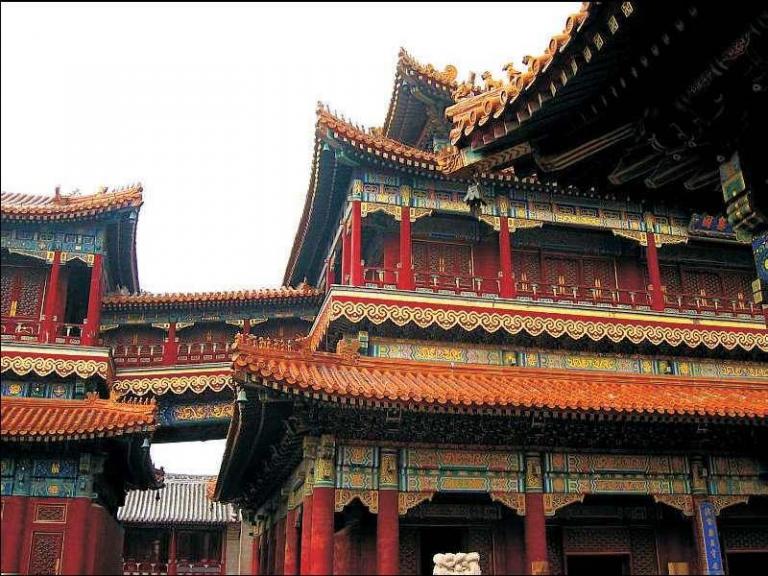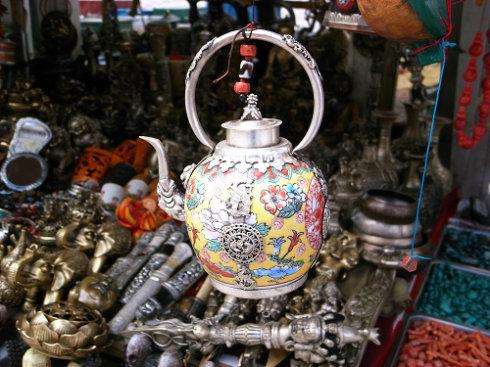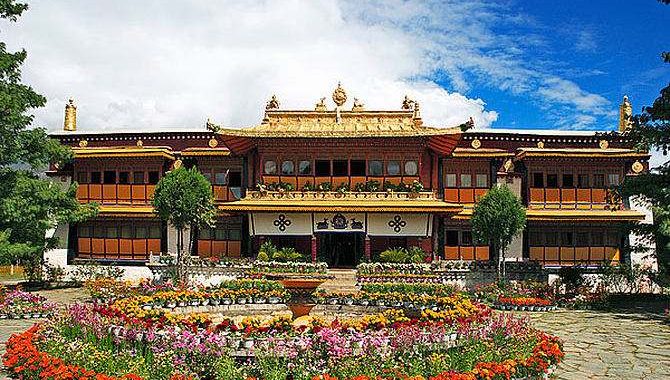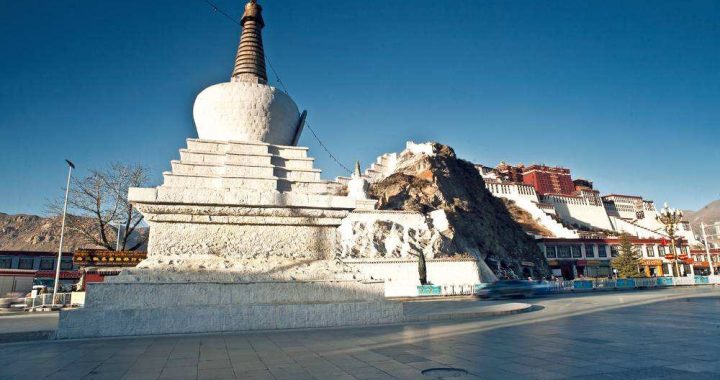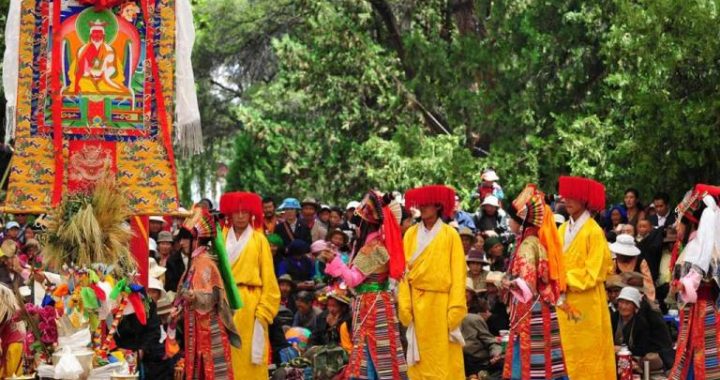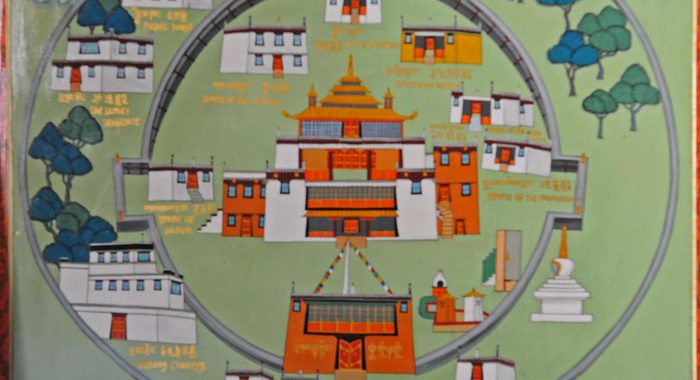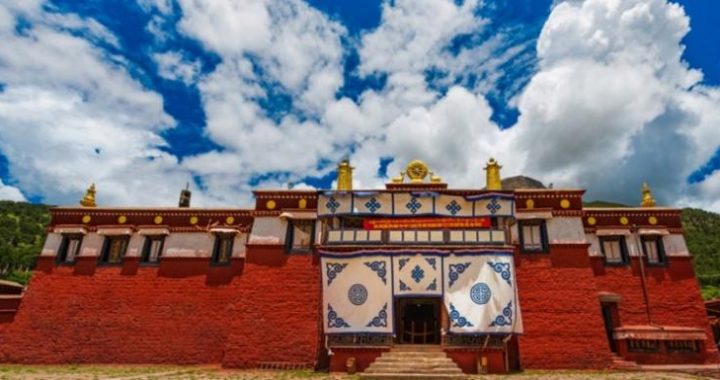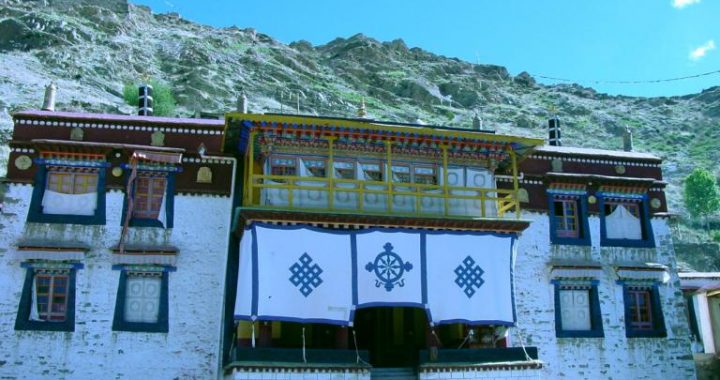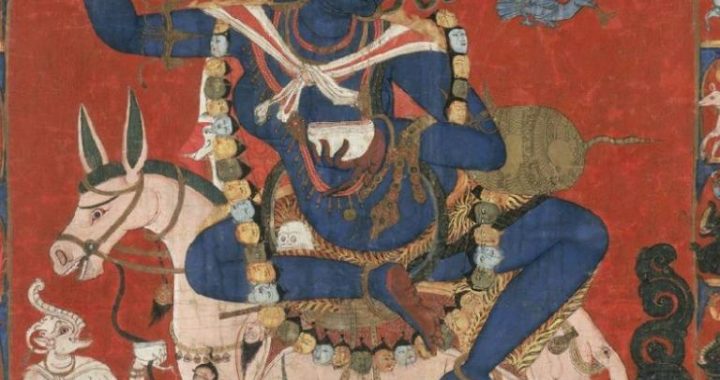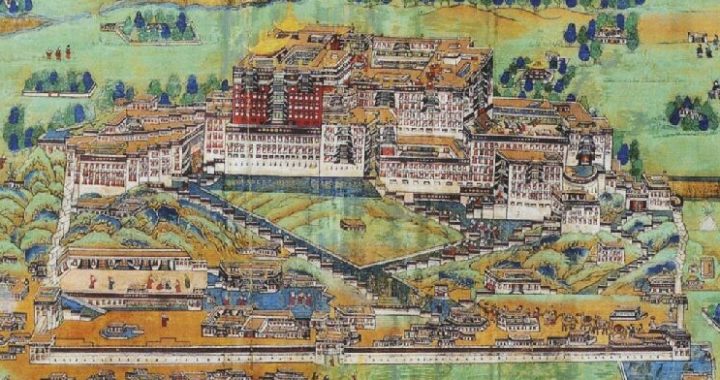Tibetan Temples and Palaces
2 min readArchitecute of Garden Style
As of the 18th century, Tibet witnessed rapid development in an all-round way. With the culture transported from the other parts of China into Tibet, Tibetan castles and palaces took diversified forms and garden-style constructions emerged.
These buildings great in scale and complete in ranges embody the uniqueness of Tibet. The preeminent construction of this style was Norbulingka(literally means “Jewel park”), first built in the middle of the 18th century. The seventh Dalai built the minor halls and then grew plants in the courtyards, thus a serene and beautiful garden emerged; the eighth Dalai built a pond in the middle of which was erected a Lake-Heart Palace and a Dragon King Palace; the 13th Dalai built Golden Phobrang; the 14th Dalai built Tatanminqiu Phobrang whose interior decoration emanated modern charm. Thanks to the joint efforts of a few generations, today it is grand in scale covering 360,000 square meters and full of various styles of architecture. As a classic embodiment of the Tibetan flavors, Norbulingka has proved itself to be a grand palace as well as a beautiful garden.
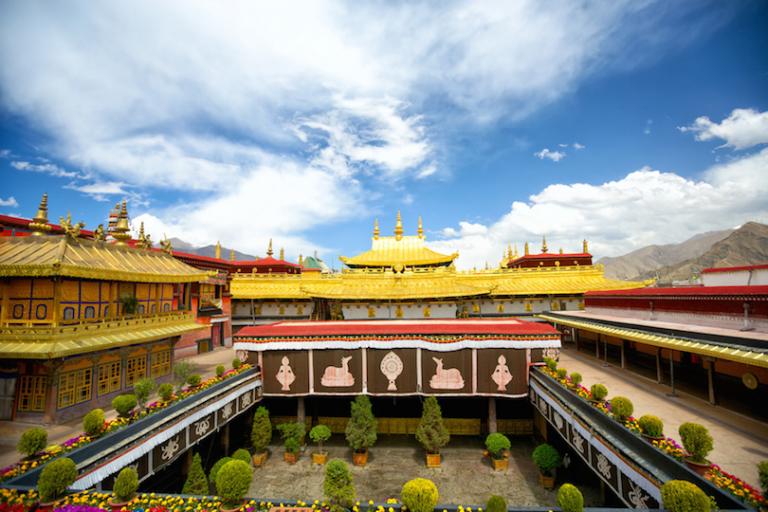
Architecture of Tent Style
Tents prevail among the nomads on the Tibetan plateau, which accounts for the fact that the tent-shaped architecture is another basic style of Tibetan temples.
Such buildings mostly situated along rivers or on slopes share a similar layout with a majority of great temples in that they center on the sutra hall and the Buddhist palace where the Buddhist statues and sacrifices and so forth are enshrined. These buildings are attached by monks’ living quarters, the circumanbulation chapel and the like. Though small in scale and scattered, they perform comparable functions as the other temples. The representative tent-style temple is Balkunpa Monastery in Tandu Township, Amdo County of which the design and layout is an embodiment of the Tibetan nomads’ lifestyle. Similar to the tent-shaped buildings, the constructions in the valley have been developed from Tibetan traditional buildings, such as Rinchengang Monastery in Medog County and Donggar Monastery in Yadong County.
